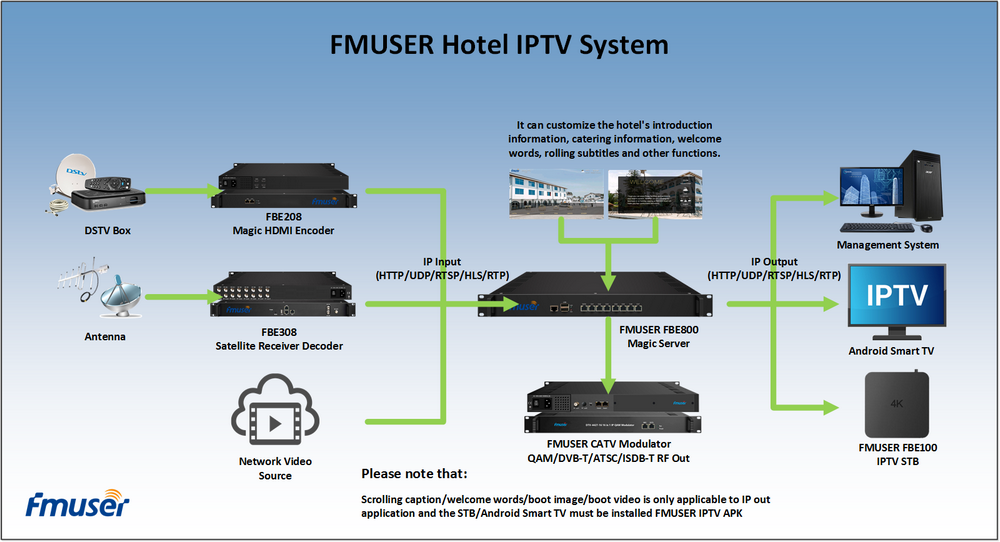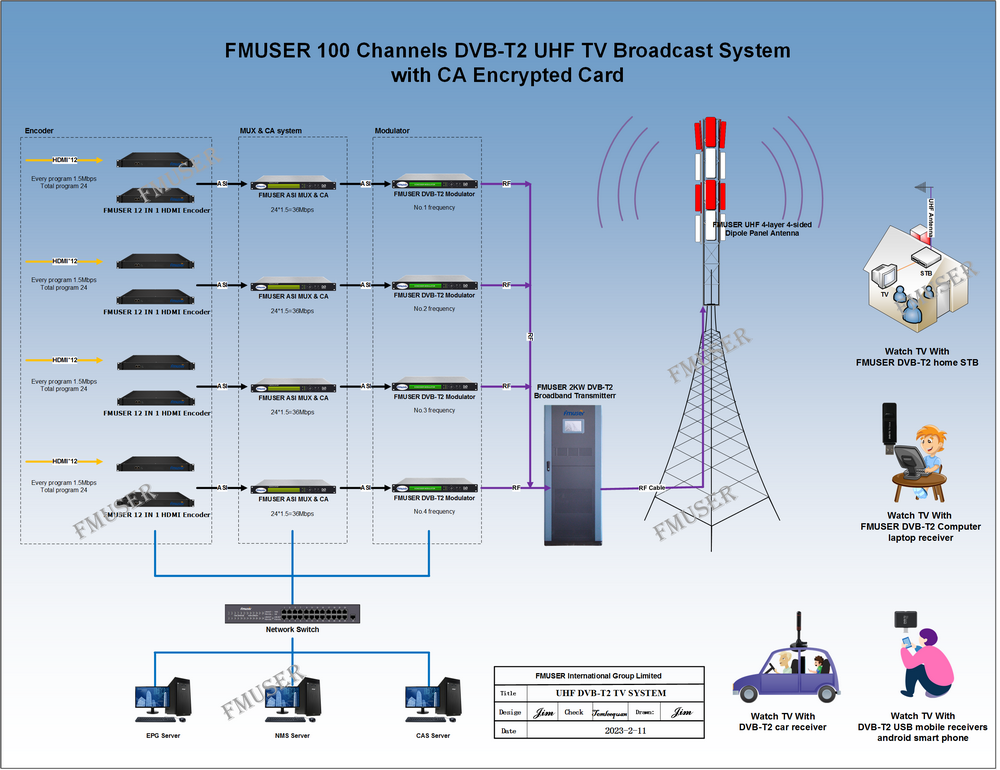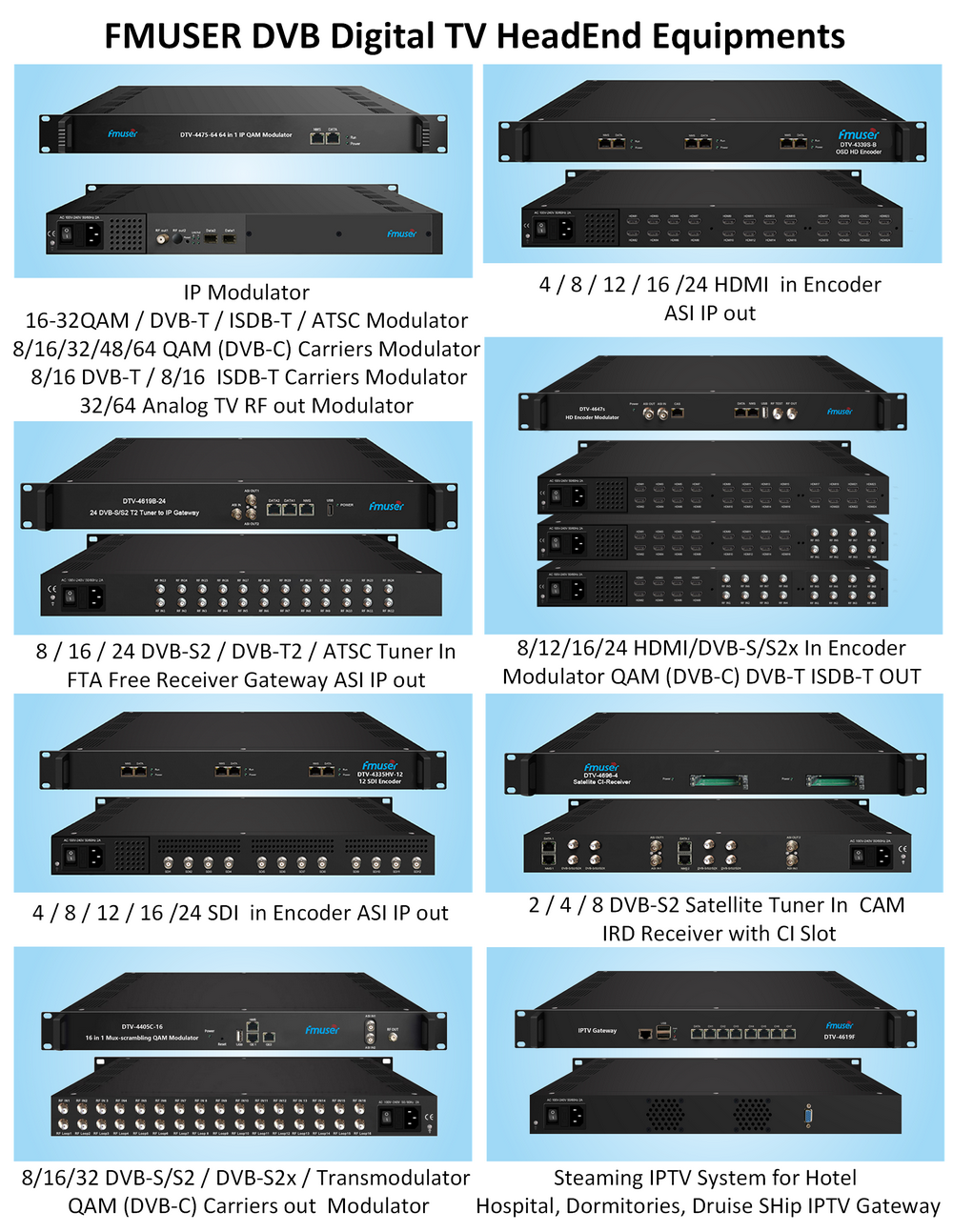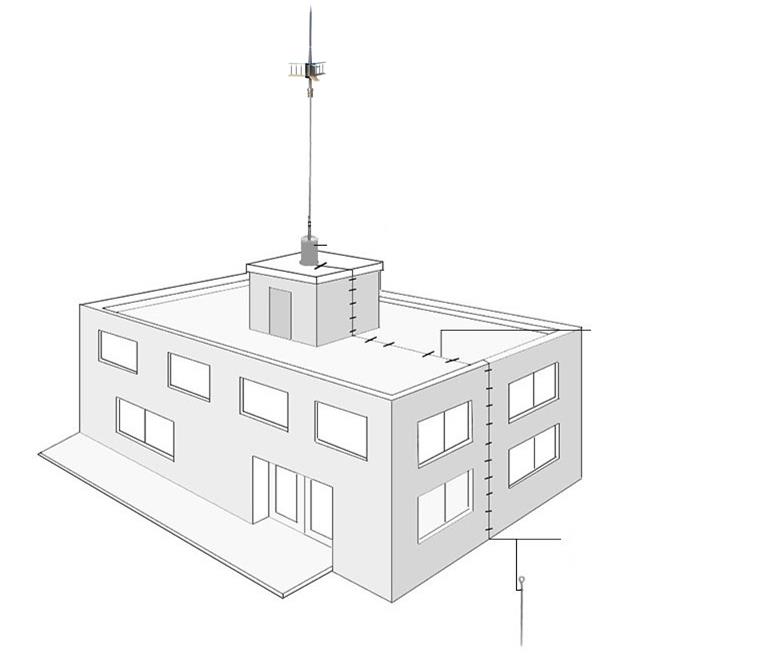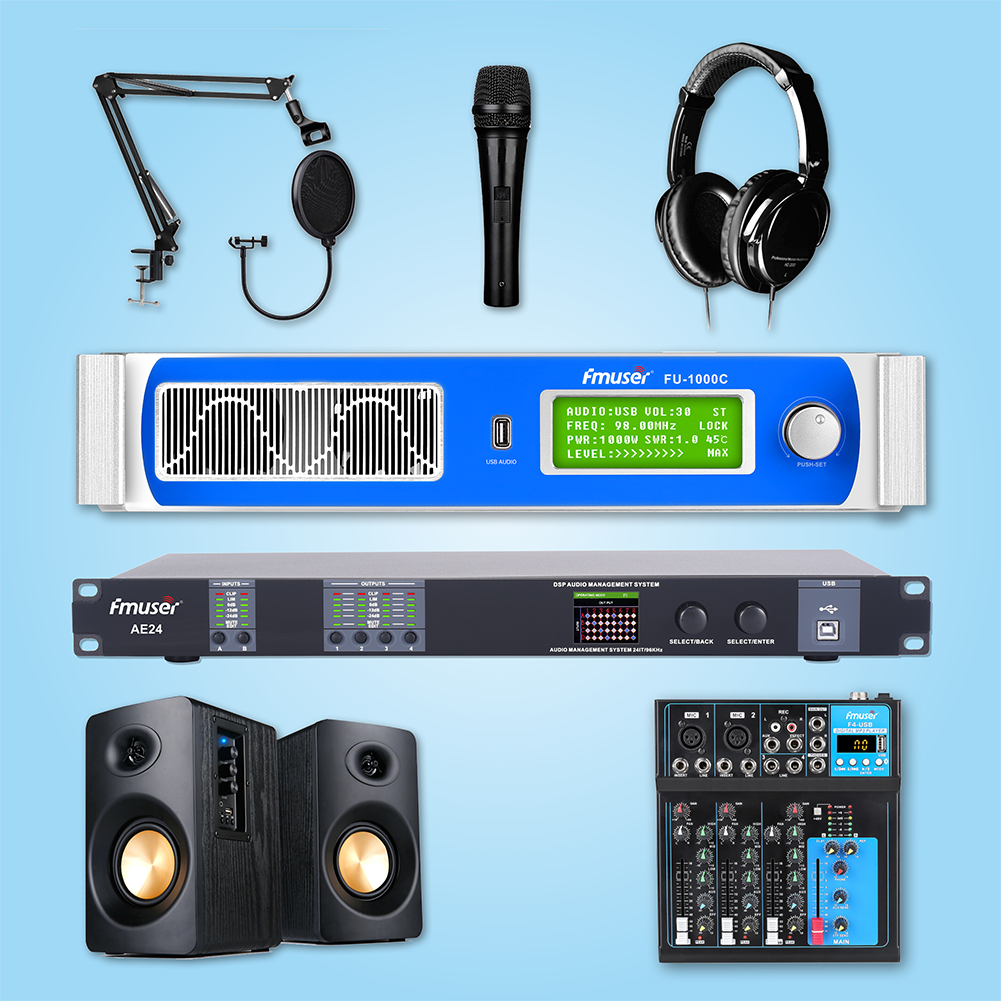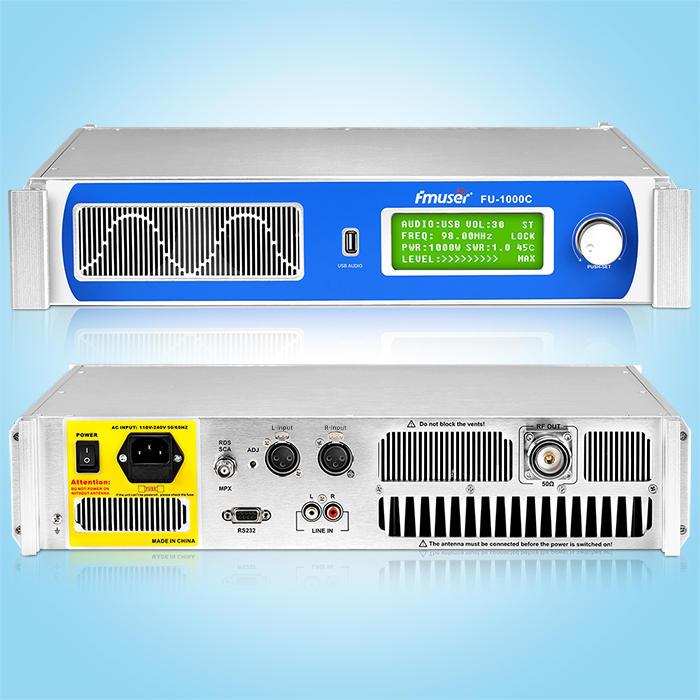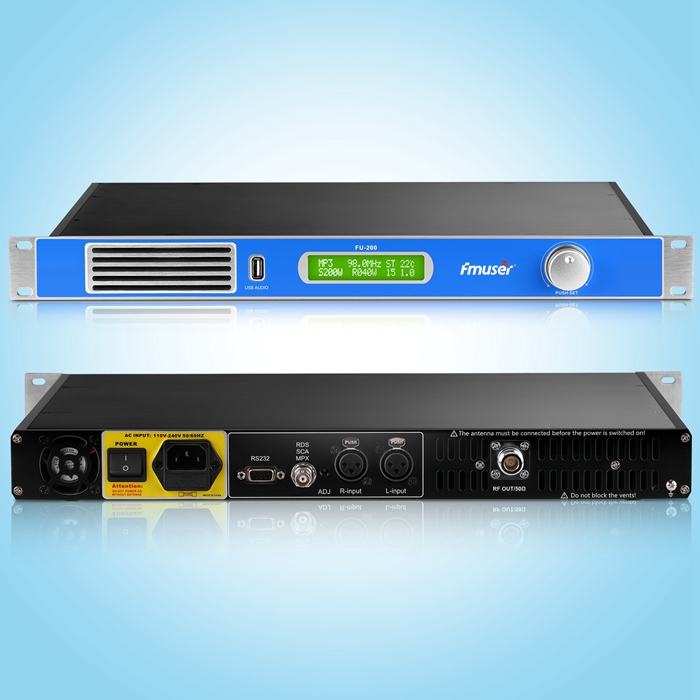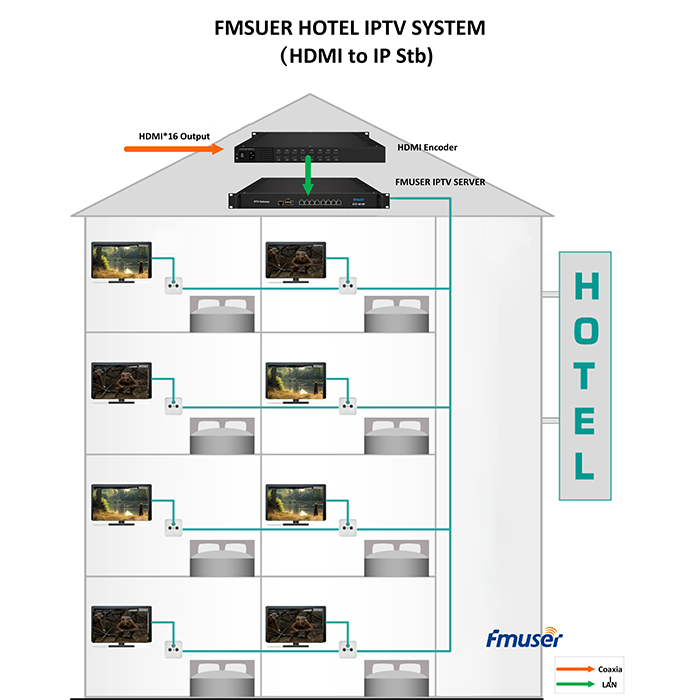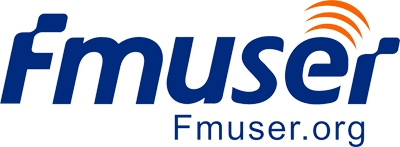When we talk to a wireless local area networks, transmission power is very critical part of a study on the audio readers should have the concept, the greater the output power of the speaker (or speakers), you can pass the sound farther; the contrary, If the output power is not enough in itself but happens to be background noise and a great situation, sound the voice of noise are likely to be overwhelmed by the place a little further to the original is not likely heard the music in our communications to further explore the wireless LAN network The power limit before the readers need to understand two terms: the gain and attenuation.
The so-called gain, is to increase the transmission radio wave amplitude, which is to enlarge the meaning, just as most home audio amplifier, in some cases we also allow the use of strong RF amplifier or filter, or using high-gain external antenna, to increase the strength of radio waves. RF amplifiers or intensity control will capture power from the outside to supply more energy, wave itself enhancing the strength, the gain is active, this should be the reader no doubt. The other is passive gain, we can usually replace a high-gain antenna to focus the direction of strengthening of the role. , XY coordinates of the plane without directional emission limit omni-directional antenna, the left graph that looks like a donut, be greater if the antenna gain, then waves will become more flat graphics, original to the three-dimensional scattered The energy will be to draw more on the XY coordinate direction. Donut-like particles that are compressed to play flat, like density will be higher. So many people think that with the printing of high-gain antenna can increase the transmit power, in fact, and not necessarily correct. More strictly speaking, only to gather energy condensed to a direction to send up the whole, the energy transmitting end of the run and did not increase, because the focus of the agency relationship, in terms of the receiver seems to become strong transmitting power.
please Click here to get our dipole antenna
Basically, you can gain some positive help from the communication, but everything is mixed. Readers might think that the stronger the better gain, but because of regulatory restrictions, excessive transmit power radio communications may violate laws and regulations, not only the police may be banned telecommunications, there may even be a fine or confiscation of radio transmitting equipment. It's like home to put too loud sound, will also disturb the peace, so use RF amplifiers in many places, the need to apply for another license.
With the gain there is in the opposite direction of natural attenuation, as if the sound in the air to pass between the volume will be reduced as more and more due to hit the impedance and the wave amplitude becomes smaller and smaller, so we can say that signal become increasingly weak. Generally speaking, because the transmit power of wireless LAN equipment is not large, before the antennas and RF cable connections, and even RF transmission line itself can cause the weakening of high-frequency signals, we try to avoid it; like us to take of to take tap water, close enough connection, or two lines of different thickness, it is likely to cause leaking. However, in some special circumstances, such as your wireless communications device transmission power is too strong, in order to avoid violating local laws and regulations of radio wave communications, we may need to use less devices, that is, energy dissipation, and deliberately weaken the radio waves signal strength, the output power to suppress the extent permitted by the regulations. If the communication between two end points of the obstacles caused by the weakening of the signal, only try to remove the barriers, or increase the output of radio waves, to overcome barriers to communication on.
We further study the RF power calculations, we come to know a few unit standards: tile is used to represent the basic unit of energy, terms of electricity for the 1 Amp of current in volts of electricity. When we speak of wireless local area network equipment, power output, usually with milliwatts, which is one-thousandth of watts of power units. Most wireless home router output power of about 500MW or so, using the same frequency in the microwave in a closed 2.4GHZ baking up under the 500W, which is the equivalent of a million units in the wireless home router with the snow in a small area of microwave radiation, so you Readers do not have to worry about wireless LAN over the impact on human health, to make use of wireless local area network to the moment you are cooking, it can be said is impossible. readers though not alarmist, but in the use of wireless local area network, or at least to keep the antenna with the AP side more than 20 cm distance, after all, the energy of radio wave propagation is inversely proportional with the square of the distance, although we have no evidence that a small amount of microwave serious harm to human body, being there is no way to prove it completely harmless experiment, in short, we do not have wireless LAN feel fear, as long as you can use the FCC and other regulations.
please Click here to get our dipole antenna
Return to the topic, the electronics industry often expressed in decibels RF high frequency part of the emission intensity, that is generated as a reference 1W DB relative value in the wireless local area network communications, we often 1MW power as a reference, then the number of operations against them arising out of the so-called DBM values: P = 10 * (LOG (P)) readers can be converted without leave by calculator or refer to the table, were used. To DBM inverse MW.
In addition to wireless LAN devices with DBM said transmit power, we also used to represent DBI part of the gain of the antenna, which means the ideal zero-gain omni-directional radio transmitter as a standard, get a relative reference gain value. Simply put, each 3DB is doubled to increase power MW, MW is the power is reduced by half 3DB In addition, each additional 10DB is to increase the rate of ten times the co-MW; 10DB is to reduce the power per MW divided by ten, so simple projection rule, aspiring to become professional planners set up the wireless network of readers can be kept in mind.
For example, if we want to push a few anti-23DBM MW of energy, as much as possible into the DBM values 10 and 3 combinations: 23DBM = 0 +10 +10 +3, as 0DB = 1MW, the power is increased for each additional 10DBM tenfold increase 3DBM = 200MW can be simply speculation. rest assured that if the reader can verify themselves in engineering calculator. As another example, divided by ten, divide by two, divided by two, which is equivalent to 25UW, so for example Readers should be very clear grasp of mental arithmetic to be fine.
We can see a wireless LAN radio wave transmitter device, the microwave antenna and wireless LAN card between the RF transmitter, there is a little metal connectors and RF cable, the reader should have the impression that these connectors and cables will lead to the weakening of the power line, while the antenna gain is possible. In short, the antenna before the FCC regulations in those things called INTENTIONAL RADIATOR system integration, but we often say the EIRP, so here temporarily translated to launch power, antenna gain, etc., including the impact of transmit power. For example, INTENTIONAL RADIATOR system output is 50MW, if we gain antenna is 10DBI, then the entire wireless communications system EIRP output power can be seen as 50MW * 10 = 500MW output power, for the general purpose of the FCC Rules AP 1W maximum output power is very much far, it can be said that a qualified design.
Readers may, by this projection, that regulations allow maximum antenna gain is worth noting: gain and reduced in such a linear system with additive. Wireless local area network transmitter RF circuitry, transmit power is 23DBM or 200MW, while the two cables together 1DB power losses caused by metal connectors and consider less the sum of the signal 2DB, the INTENTIONAL RADIATOR only 20DBM, that the antenna output power before the whole mass is equal to 100 MW only, if not exceed FCC maximum EIRP 1W provided the AP under the premise of this system the maximum antenna gain can not exceed 10DBI.
Suppose we send in the wireless local area network side of the output is P = 17DBM, antenna Duanliang was the EIRP, which is P = 26DBM, then the antenna and RF cables and connectors between the effect can be simply deduced: PF-PI = 26 -17 = 9DB, in other words in this case, the antenna gain minus cable and brought the weakening of the connector, a total of 9DB gain, terms of MW readers to think, then if we know P = 50MW and PI = 400MW, then that 400/50 = 8 = 2 * 2 * 2 * 2 times the gain, which is equivalent to 3DB +3 DB +3 DB = 9DB the overall gain, or we can use the following formula derived by DB gain: P = 10 * LOG (PF / PI)
Readers may be confused here, which transmit power relations we anything at all? If you are just users of home wireless local area network, then the DBM and the DBI, etc. What you may not important. However, if you are interested in becoming a professional system integrators SI, then the case in accordance with local regulations designed to meet emission standards for wireless local area network system of energy, matter is urgent. The United States, FCC regulations, the general overall INTENTIONAL
RADIATOR the maximum emission power must be controlled in 30DBM, which means that the antenna system must not exceed the previous maximum transmit power of 1W. In fact average home wireless local area network devices are still far from the limits of 1W, say we have a common market known as high-power wireless local area network equipment, but also most, 100MV, or 200MW, which is 20DBM or 23DBM, usually used in outdoor special purpose.
IEEE802.11A operated 5GHZ UNII band, three different bands with the different individual power constraints, IEEE transmit power limit for its stringent than the FCC, so the IEEE standard maximum power only up to the original specifications of FCC 80 % only, in addition, European standards do not think the same.
For the set-to-multipoint wireless local area network bridge, in the 2.4GHZ ISM band, FCC limited the maximum EIRP power is 4W, but attention to its INDTENTIONAL RADIATOR, is still up to 1W.
However, FCC has a law practice sounds strange: when more than 6DBI antenna, antenna gain for each additional 3DBI, the IR must 30DBM the following equivalent reduced 3DB, meaning that if we have a device that transmit power up to 1W If we want to use the antenna as a 9DBI PTMP multipoint transmission, then the device INTENTIONAL RADIATOR must be limited to 500MW, so that 9DBI antenna connected, EIRP, or can be restricted to 4W, which 36DBM.
As for the 2.4GHZ wireless LAN point to point bridge, the specification is different from PTMP applications. FCC it has a very strange sound implementation of law: when more than 6DBI antenna, antenna gain for each additional 3DBI, the IR must 30DBM the following equivalent reduced 1DB, so the reader can be found in the PTP specification when the power is relatively easy for long-distance wireless transmission, but in any case before the antenna, the IR must be limited to less than 1W. If the antenna before can not adjust the output power of the IR, then we must address corresponding to the output power tolerance range, select the maximum gain antenna compliance, such that we have a 24DBM output power of wireless local area network bridge, then when it is applied to PTMP point multi-point network bridging, can only use 12DBI antenna, if we used point to point network bridging under the PTP, the best we can 24DBI high-gain directional antenna. limitations on power, the reader See more local communications regulations and statutes.
please Click here to get our dipole antenna
Our other product:


